But heritage is not just for admiration and pride; it must be protected, preserved and promoted, to become a resource for sustainable development today and tomorrow.
On the 20th anniversary of Vietnam Cultural Heritage Day (November 23, 2005 - November 23, 2025), the story of preserving and promoting heritage values has become more urgent in the context of the country's strong development. The past two decades have witnessed profound changes, from awareness, policies to management models and community participation. Heritage is no longer just a memory, a source, but has become a resource, a driving force, and a soft power that creates the position of Vietnamese culture in the international arena.
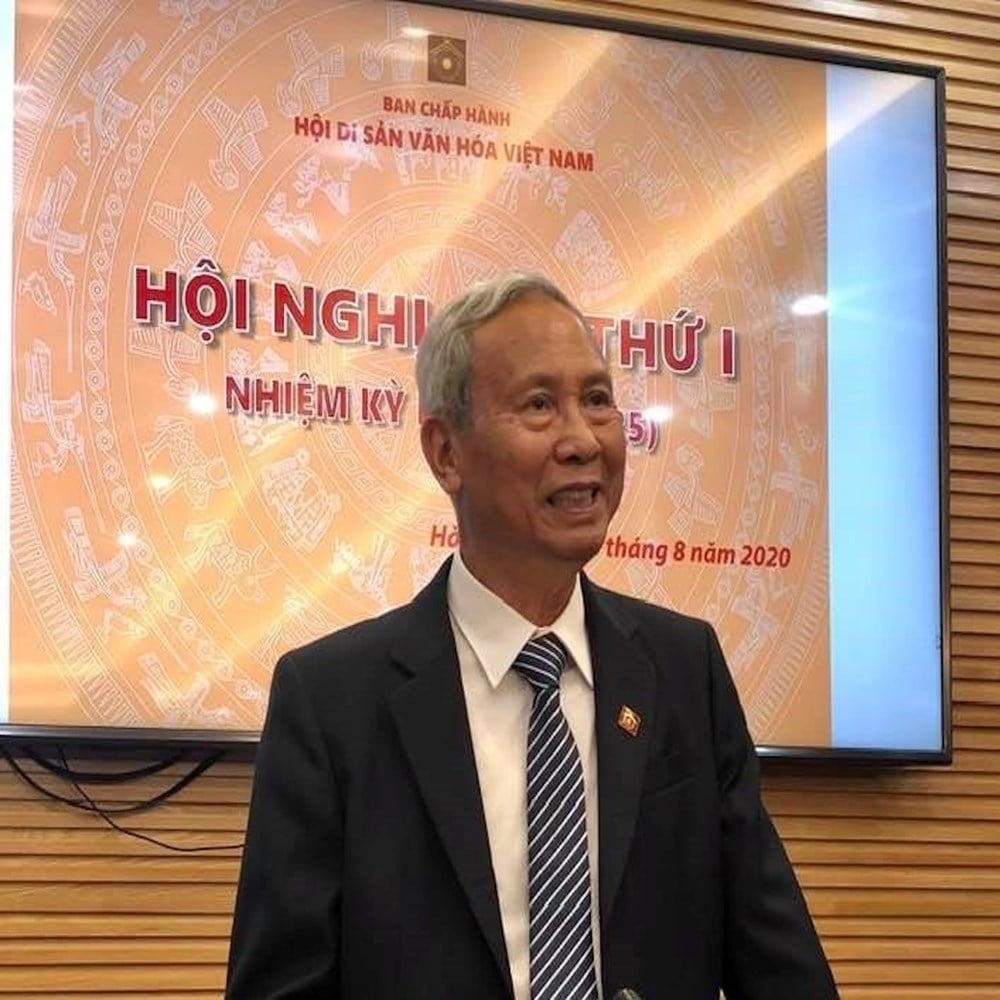
On this occasion, Van Hoa had an interview with Associate Professor, Dr. Do Van Tru, Chairman of the Vietnam Cultural Heritage Association, about the outstanding achievements as well as many challenges and key solutions to effectively implement the orientation of "turning heritage into assets".
Dear Associate Professor, Dr. Do Van Tru, how do you evaluate the attention of the Party, State and society towards the field of cultural heritage over the past time?
- Associate Professor, Dr. Do Van Tru : 80 years ago, on November 23, 1945, President Ho Chi Minh signed Decree No. 65/SL "On the preservation of ancient relics throughout Vietnam". This was the first Decree of the new regime on the preservation of national cultural heritage, laying the foundation, the compass, the red thread throughout the cause of protecting the country's cultural heritage.
Based on the historical significance of Decree No. 65/SL, on February 24, 2005, the Prime Minister issued Decision No. 36/2005/QD-TTg, taking November 23 every year as Vietnam Cultural Heritage Day. Over the past 80 years, along with the process of building and defending the country, the cause of protecting and promoting the value of cultural heritage has been increasingly valued. The legal system on cultural heritage has been constantly improved to meet the requirements and tasks of the country. Up to now, the whole country has ranked more than 10,000 provincial and municipal relics; 3,621 national relics, 130 special national relics, out of a total of more than 40,000 relics; about 7,000 intangible cultural heritages have been inventoried, of which 534 have been recorded in the National Intangible Cultural Heritage List.
Many cultural heritages of Vietnam have been recognized by UNESCO. This proves that the work of heritage protection is increasingly effective, the reputation of Vietnamese cultural heritage in the international arena is increasingly affirmed. From a few museums built under the French colonial period, currently, the Vietnamese museum system has 127 public museums, 70 non-public museums, preserving over four million artifacts. The whole country has more than 300 artifacts and groups of artifacts that have been recognized by the Prime Minister as national treasures. We have the right to be proud of our rich, diverse cultural heritage, rich in national identity and the achievements we have made in the cause of protecting cultural heritage. That is a great source of encouragement, helping us to love and be more responsible for our national cultural heritage.
Since the 1986 renovation, Vietnam's cultural heritage has received special attention from the Party, the State and the whole society. Cultural heritage is not only the source and soft power of the national culture but has truly become an important resource for the country's economic development. That is undeniable.
In addition, the legal system on heritage is also increasingly improved. We have the Law on Cultural Heritage 2001, amended in 2009, and especially the Law amended and supplemented in 2024, a huge step forward with many new points, approaching international trends but still suitable for the situation in Vietnam. The decrees and circulars after the law have specified many important contents, creating favorable conditions for heritage conservation work.
Along with that, community awareness in heritage protection is increasingly enhanced. Since the Vietnam Cultural Heritage Day (November 23, 2005), heritage has increasingly spread strongly. Heritage protection is not only the responsibility of the State but also of the whole society, of the communities, the subjects that hold and preserve heritage through many generations.

In the current context, what do you think are the biggest challenges in preserving and promoting heritage values?
- The conflict between conservation and development is an eternal problem, which exists in every country, only in different degrees. In Vietnam, the process of urbanization and market economic development has caused many problems. The legal framework for cultural heritage has been clearly defined and has a long-term vision, but the implementation of the law in real life still faces many limitations. For example, the regulations and policies for protecting national treasures. When recognized by the Prime Minister, the law requires strict protection, but in many localities it has not been implemented well, leading to damage to treasures and the risk of theft.
Besides, the number of relics is too large, more than 40,000 relics, of which nearly 4,000 are national relics, but investment funding is limited. If one place is successful, another is damaged. Therefore, we cannot rely only on the State budget, we must have a strong socialization policy. Hanoi is a good example of the model of the State and the people working together, the State supports 30-40%, the rest is socialized. The role of socialization in relic conservation needs to be promoted and expanded.
In particular, the 2024 Law on Cultural Heritage has emphasized the community factor and social responsibility. Heritage must rely on the community itself to be effective. Practices in many large countries such as the US, UK, Germany, etc. show that, although the country is rich, their heritage conservation work is also done in a socialized and community-based manner.
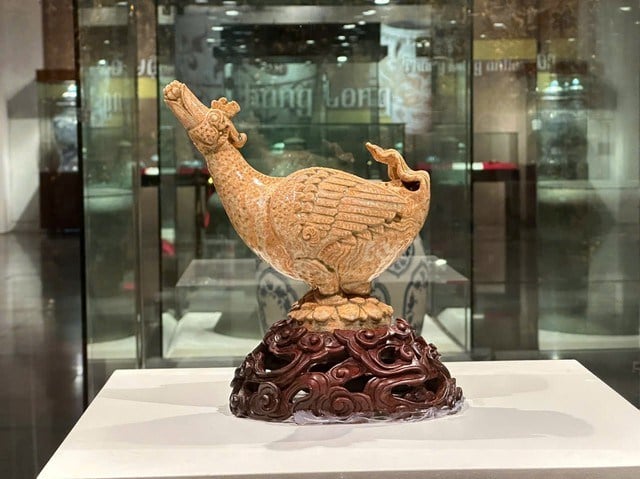
The Prime Minister has directed to “turn heritage into assets”. How do you view the exploitation of heritage potential today?
- "Turning heritage into assets" is a very correct policy. Heritage is not just about spending money, but also
from heritage to make money, create practical benefits for the community, for economic development. However, our current effectiveness is still not commensurate with the potential. Many heritages have been ranked but have not been transformed into economic benefits. What needs to be done to turn heritage into assets requires the cooperation of many parties, management agencies, researchers, artisans, and businesses. This cooperation will solve the difficulties, limitations, and problems that we have encountered for a long time.
Some places that have done well include the Temple of Literature - Quoc Tu Giam, Hoa Lo, Hue Ancient Capital, Ha Long, Trang An, Hoi An... In these places, people have been able to live off the heritage, and when people can live off the heritage, they will return to protect the heritage. Regarding the law, we cannot demand absolute perfection, because reality is always moving, giving rise to many new problems. The law must be predictive, always changing to suit development requirements and international practices. The important thing is to realize the law with specific policies. For example, the treatment of artisans, policies for preserving intangible cultural heritage, restoring relics, national treasures...
I take the example of national treasures, when recognized by the Prime Minister, it is accompanied by strict protection regulations. However, some local authorities are still lax, and do not have special protection plans approved by competent authorities, leading to the risk of treasures being damaged or stolen. Therefore, the Law is already in place, and how to put the Law into practice requires local authorities to really get involved, not to be lax. At the same time, promote socialization. The State plays the role of catalyst, creator, and guide; heritage development must rely on people's strength and social resources.
What are your expectations for the work of preserving and promoting heritage values in the coming time?
- Many countries have done very well in turning heritage into economic resources, especially through tourism, cultural services, and heritage education such as Korea and China. It is noteworthy that in them, revenue from heritage tourism is returned to invest in heritage, creating a sustainable cycle. We talk a lot about developing tourism from heritage, but how much of that revenue has returned to invest in heritage? This is an issue that needs serious research.
Once again, it must be affirmed that heritage is a priceless asset of the nation. If heritage truly wants to become a resource and driving force for development, it is necessary to continue to improve policies, strengthen socialization, raise community awareness and especially realize the Prime Minister's direction on "turning heritage into assets". When people can live thanks to heritage, heritage will be protected most sustainably.
Thank you!
Source: https://baovanhoa.vn/van-hoa/lam-gi-de-bien-di-san-thanh-tai-san-182900.html


![[Photo] National Assembly Chairman Tran Thanh Man receives a business delegation from the Europe-ASEAN Business Council](/_next/image?url=https%3A%2F%2Fvphoto.vietnam.vn%2Fthumb%2F1200x675%2Fvietnam%2Fresource%2FIMAGE%2F2025%2F11%2F24%2F1763989198212_ndo_br_bnd-7394-jpg.webp&w=3840&q=75)



![[Photo] Prime Minister Pham Minh Chinh attends the patriotic emulation congress of the banking sector](/_next/image?url=https%3A%2F%2Fvphoto.vietnam.vn%2Fthumb%2F1200x675%2Fvietnam%2Fresource%2FIMAGE%2F2025%2F11%2F24%2F1763981997729_tt-nhnn-jpg.webp&w=3840&q=75)

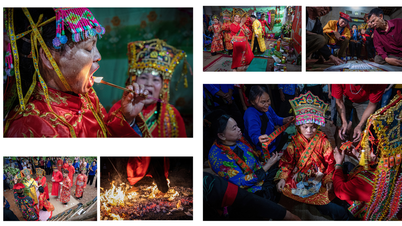



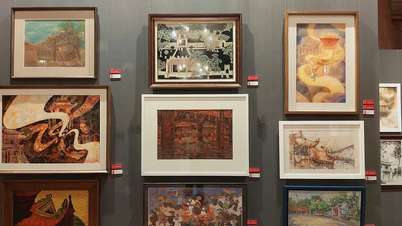

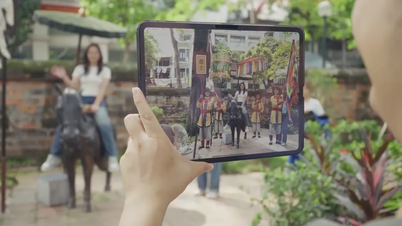
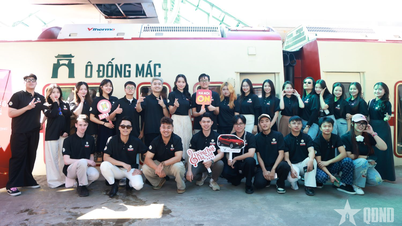

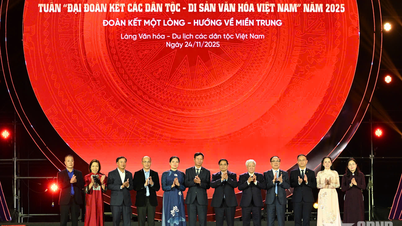






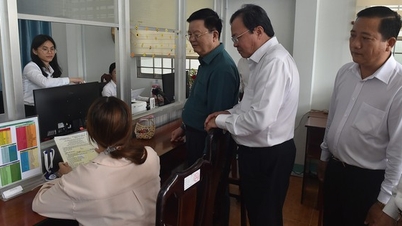












![[Photo] Next to the "mountain of trash" after the flood, Tuy Hoa residents strive to rebuild their lives](/_next/image?url=https%3A%2F%2Fvphoto.vietnam.vn%2Fthumb%2F1200x675%2Fvietnam%2Fresource%2FIMAGE%2F2025%2F11%2F24%2F1763951389752_image-1-jpg.webp&w=3840&q=75)




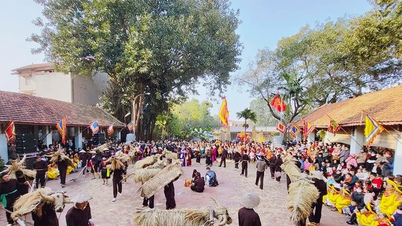

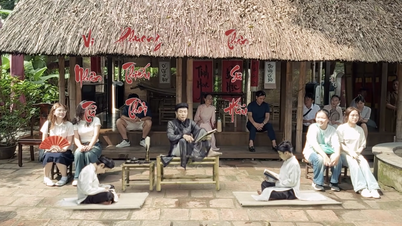



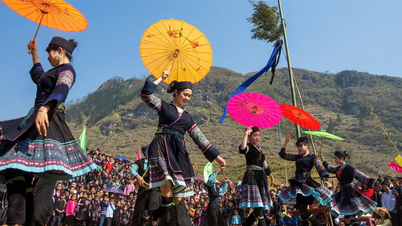









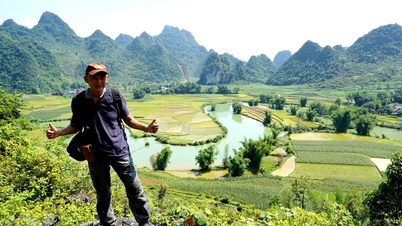
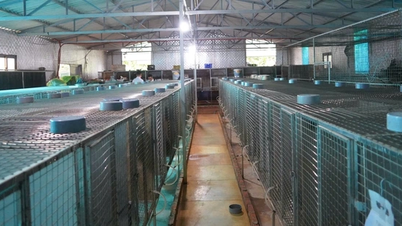


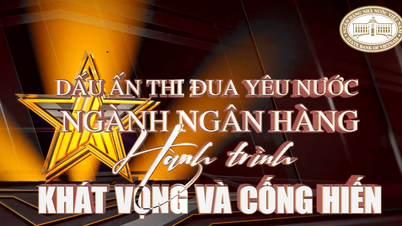














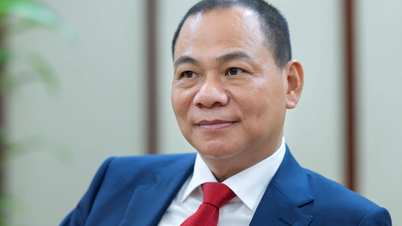



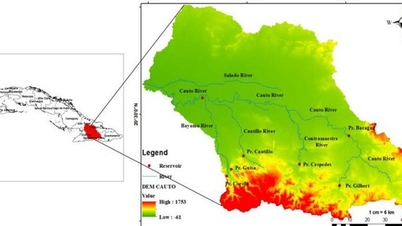

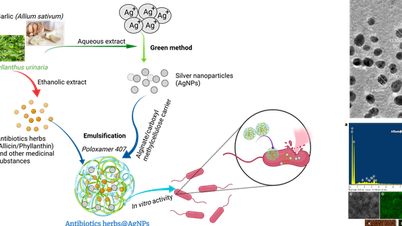
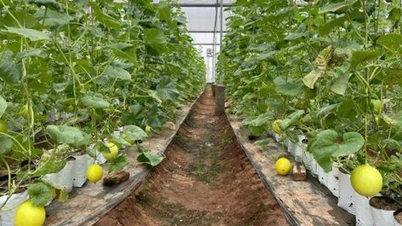


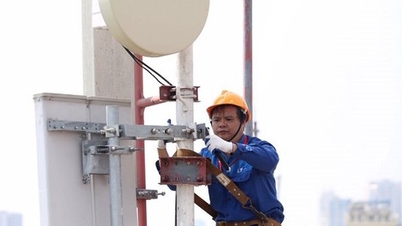
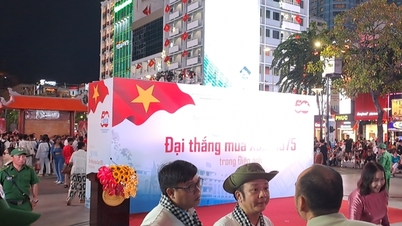

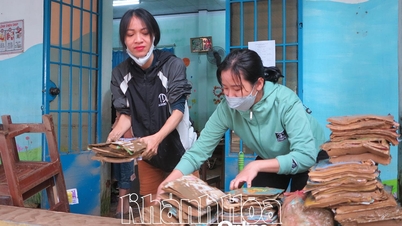


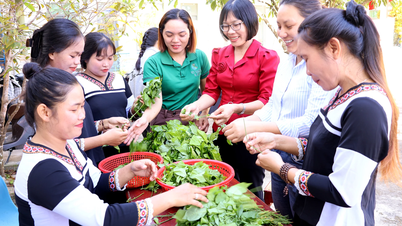















Comment (0)